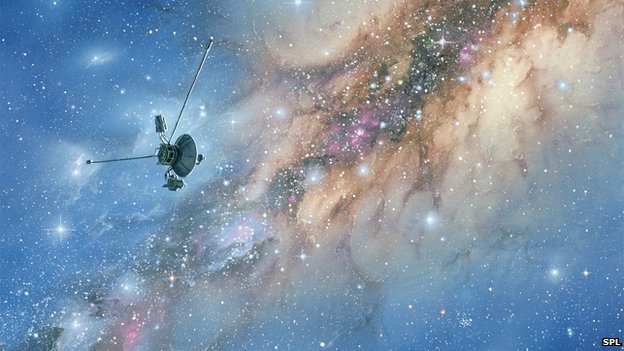
In many ways, it’s strange to us humans that the Universe should be the age it is. The Universe – by definition, everything that physically exists – should either be infinite in age, or somehow tied to the lifespan of the human species, as it does in many mythologies. However, thanks to studies on the rate the Universe is expanding, and applying this knowledge in reverse, we know its age. Roughly 13.8 billion years ago, all we can observe on Earth, in our solar system, other galaxies and everything in between expanded out rapidly from an initial point much smaller than an atom, which we call the Big Bang.
The Big Bang model is our best explanation for why the cosmos appears as it does. Nevertheless, it’s not able to answer some of the more challenging questions, including what – if anything – came before it? Despite how it might sound, this question isn’t a philosophical one: it has potentially real, testable aspects. But to understand any of the possible answers, we must first understand the question itself.
First of all, the language we use to describe what we know and don’t know can sometimes be muddy. For instance, the Universe may be defined as all that exists in a physical sense, but we can only observe part of that. Nobody sensible thinks the observable Universe is all there is, though. Galaxies in every direction seem similar to each other; there’s no evident special direction in space, meaning that the Universe doesn’t have an edge (or a centre). In other words, if we were to instantaneously relocate to a galaxy far, far away, we’d see a cosmos very similar to the one we observe from Earth, and it would have an effective radius of 46 billion light-years. We can’t see beyond that radius, wherever we’re located.
For many reasons, cosmologists think the early Universe underwent inflation: an incredibly rapid expansion right after the Big Bang. As the Universe expanded, it also cooled, so in the distant past, it was hotter, more dense, and opaque to all forms of light. When the cosmos became transparent, about 380,000 years after the Big Bang, it left behind a bath of photons, detectable today as the Cosmic Microwave Background (CMB). As space observatories like COBE, WMAP and more recently Planck have shown, the CMB is remarkably smooth, but not quite uniform. Within this were tiny ripples that were stretched to enormous sizes during inflation, and in turn these became the seeds for large-scale objects like galaxies and galactic clusters we see today.
While inflation comes in many possible versions, the gist is that random fluctuations in temperature and density produced by the Big Bang were smoothed out by the rapid expansion, much like a wrinkly uninflated balloon grows into a smooth object when filled with air. Inflation happened so quickly that, in many versions, the Universe has disconnected regions – parallel universes – that might even have different sets of physical laws. Inflation would have produced a lot of gravitational waves – fluctuations in the structure of space and time – which in turn should leave their mark on the CMB. Gravitational waves in the very early Universe churned up space-time, creating an environment that twisted light emission.
Pocket universes
However, none of this really tells us what, if anything, came before the Big Bang. In many models for inflation, as in some of the older Big Bang theories, this is the only Universe that exists – or at the very least, the only Universe we can observe.
A partial exception to this is a model known as eternal inflation. In this scheme, the observable Universe is part of a “pocket universe”, a bubble in a larger froth of inflation that is ongoing. In our particular bubble, inflation began and ended, but in other pocket universes – unconnected (“parallel”) and thereby unobservable to our pocket universe – inflation might have had different properties. Eternal inflation effectively emptied the regions outside of bubbles of all matter; these would have no stars, galaxies, or other familiar hallmarks.
Source BBC science read more
Originally posted 2013-05-05 21:10:27. Republished by Blog Post Promoter

![20130505-230728[1]](https://coolinterestingnews.com/wp-content/uploads/2013/05/20130505-2307281.jpg)










